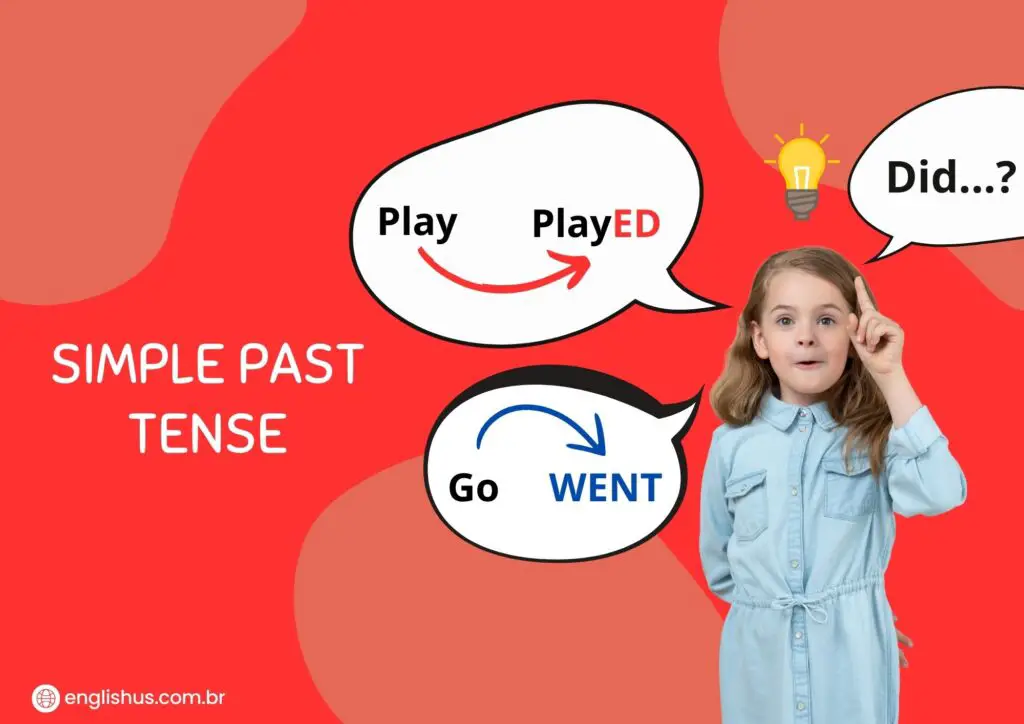Hey there, language learners! Are you ready to navigate the fascinating world of choices in English? Today, we’re going to explore the versatile trio of “both,” “either,” and “neither.” These words are essential tools for expressing preferences, making decisions, and discussing similarities and differences. So, let’s dive in and unravel the mysteries of these powerful words together!
Embracing Versatility: Both, Either, and Neither
In English, “both,” “either,” and “neither” serve different purposes but share a common theme of presenting options or choices. Let’s delve into each one and understand how they can enrich your English language skills.
- Both
“Both” is used when referring to two items or people together. It emphasizes inclusivity and indicates that two things are considered as a pair or together.
- Example: I like both chocolate and vanilla ice cream.
- Either
“Either” is used when presenting a choice between two options. It indicates that one of the options can be chosen but not both.
- Example: You can either go to the movies or stay home and watch TV.
- Neither
“Neither” is used to indicate that none of the options presented are chosen or applicable. It is often used in negative sentences.
- Example: Neither of us likes broccoli.
Understanding Usage and Structure
Each of these words has its own usage and structure, which you need to grasp to use them correctly in sentences.
- Both: Used with “and” to refer to two things together.
- Either: Used with “or” to present a choice between two options.
- Neither: Used to indicate negation or absence of both options.
Examples:
- Both: I like both chocolate and vanilla ice cream.
- Either: You can either go to the movies or stay home and watch TV.
- Neither: Neither of us likes broccoli.
Practical Application in Context
Understanding how to use “both,” “either,” and “neither” effectively can enhance your communication skills in various situations. Let’s explore some common scenarios where these words are frequently used:
- Making Decisions
- I can’t decide between pizza and pasta. I like both!
- Either we go to the beach or visit the museum. It’s up to you.
- Expressing Preferences
- I prefer tea, but I’ll have coffee if that’s all there is.
- Neither of them is my favorite, but I guess I’ll choose the blue one.
- Identifying Similarities and Differences
- Both cats and dogs make great pets.
- Neither option seems appealing to me.
Tips for Mastery
- Practice Regularly: Use “both,” “either,” and “neither” in your conversations and writing to become more comfortable with their usage.
- Pay Attention: Notice how these words are used in movies, books, and everyday conversations to deepen your understanding.
- Expand Your Vocabulary: Learn synonyms and related phrases to express choices and preferences more creatively.
“Both,” “either,” and “neither” are invaluable tools for expressing choices, preferences, and similarities or differences in English. By mastering their usage, you’ll be able to navigate various situations with confidence and clarity. So, keep practicing, stay curious, and remember that every choice you make is an opportunity for linguistic growth and self-expression.
For those eager to enhance their English skills and embark on a journey of personal development, I recommend the ebook “Personal Development Through English Language.” This invaluable resource combines language learning with insightful personal growth tips, offering a unique opportunity to expand your vocabulary while nurturing your mind and spirit. For more information, click HERE.
Happy learning, and may your English journey be filled with endless possibilities and enriching experiences!

